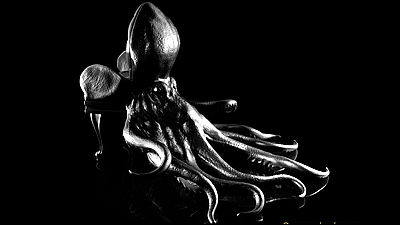The phenomenon in which all YouTube videos look the same is the same mechanism as biological evolution

When you look at the homepage of YouTube, you may feel that the titles and thumbnails of movies posted by various people dealing with completely different concepts are all similar.
Why Do All YouTube Videos Look Alike? - YouTube
MinuteEarth cites the decapod crustaceans as an example of convergent evolution. The decapods, which include most crustaceans, are good at defending themselves from frontal attacks, such as shrimp, crabs, and hermit crabs. However, decapods, which often have pincers in the front, are vulnerable to predators that prey from behind, so they have undergone various evolutions, such as making their tails smaller and hiding them under their bodies to make them harder to catch, and making their legs move precisely from side to side. According to MinuteEarth, over the course of 200 million years, 50% of decapods have adapted to evolve to move side to side like crabs.
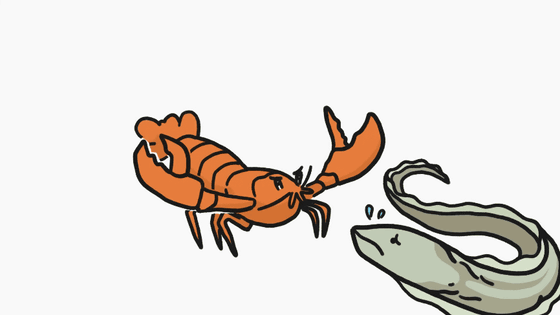
David points out that the same thing happens with YouTube titles and thumbnails. Even though decapods are vulnerable to attacks from behind, they can't make the dramatic evolution of adding a venomous stinger to their tails. In the same way, the tools at the disposal of YouTube are limited, and the content of videos can't suddenly be made to be Hollywood quality.

According to
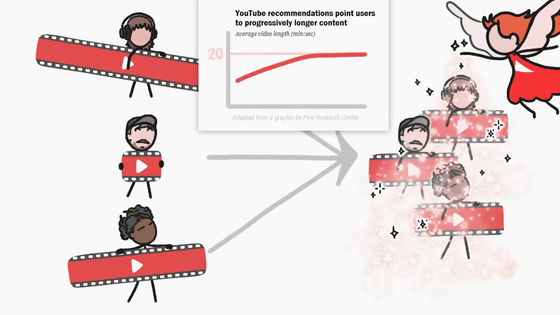
Although there are similarities between the phenomenon of convergent evolution in living organisms and videos posted on YouTube, there are also clear differences. In the case of living organisms, each species changes independently and randomly, and then converges to a similar shape. On the other hand, YouTubers consciously adopt the process of moving towards an ideal style, learning it as a strategy from other popular videos.
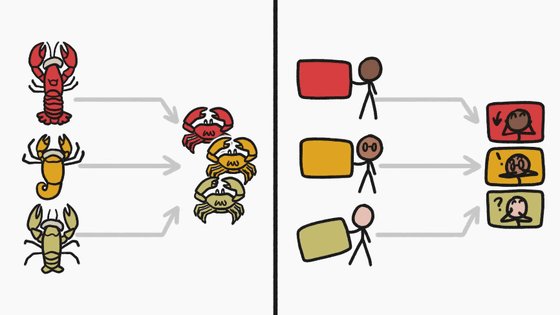
As a lesson that can be seen by relating YouTube videos to the evolution of living things, MinuteEarth says, 'The secret to success on YouTube is in the Asahi crab .' Asahi crabs used to look like other crabs, but while other decapods evolved to move finely with their dexterous legs, Asahi crabs evolved to quickly burrow into the sand and hide from predators. Although they have changed from their crab-like appearance to burrow into the sand, their unique evolution has allowed them to survive well enough to be no different from convergently evolved species.
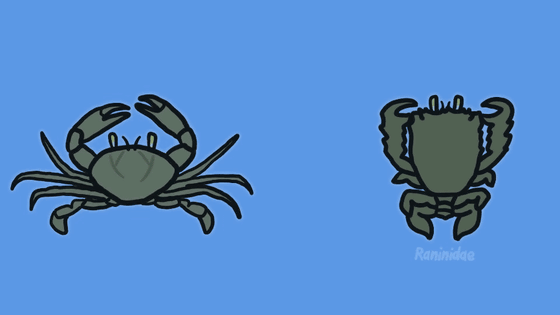
Similarly, YouTube does not necessarily stick to the same shape with an awareness of the algorithm, but there are also cases where people have succeeded with their own strategies, such as posting long movies over an hour or using simple titles. Both the natural environment and the situation on YouTube are constantly changing, so all kinds of new adaptations are born. MinuteEarth says that it is important for everyone to adapt independently while developing a solid strategy, rather than imitating the top runners, because simply evolving into the same form as other species can make the characteristics less noticeable.

Related Posts:
in Web Service, Creature, Video, Posted by log1e_dh
